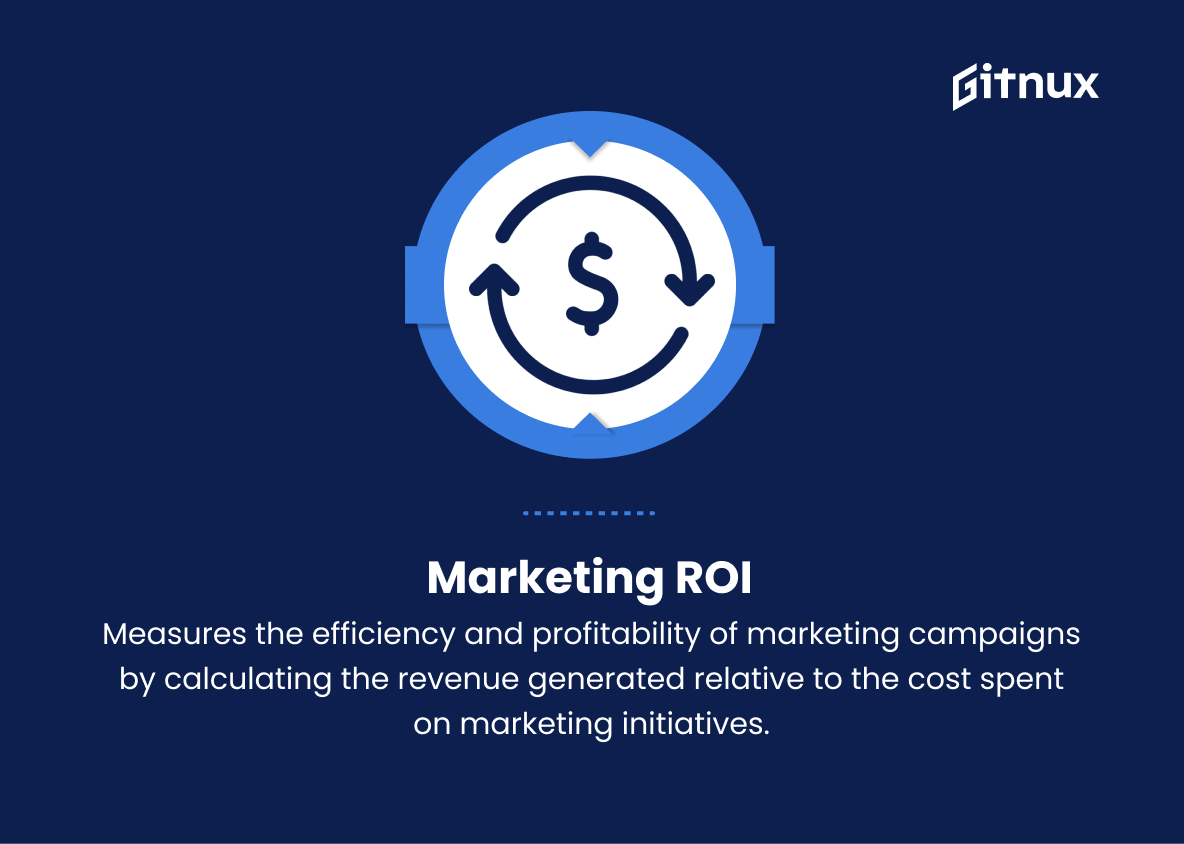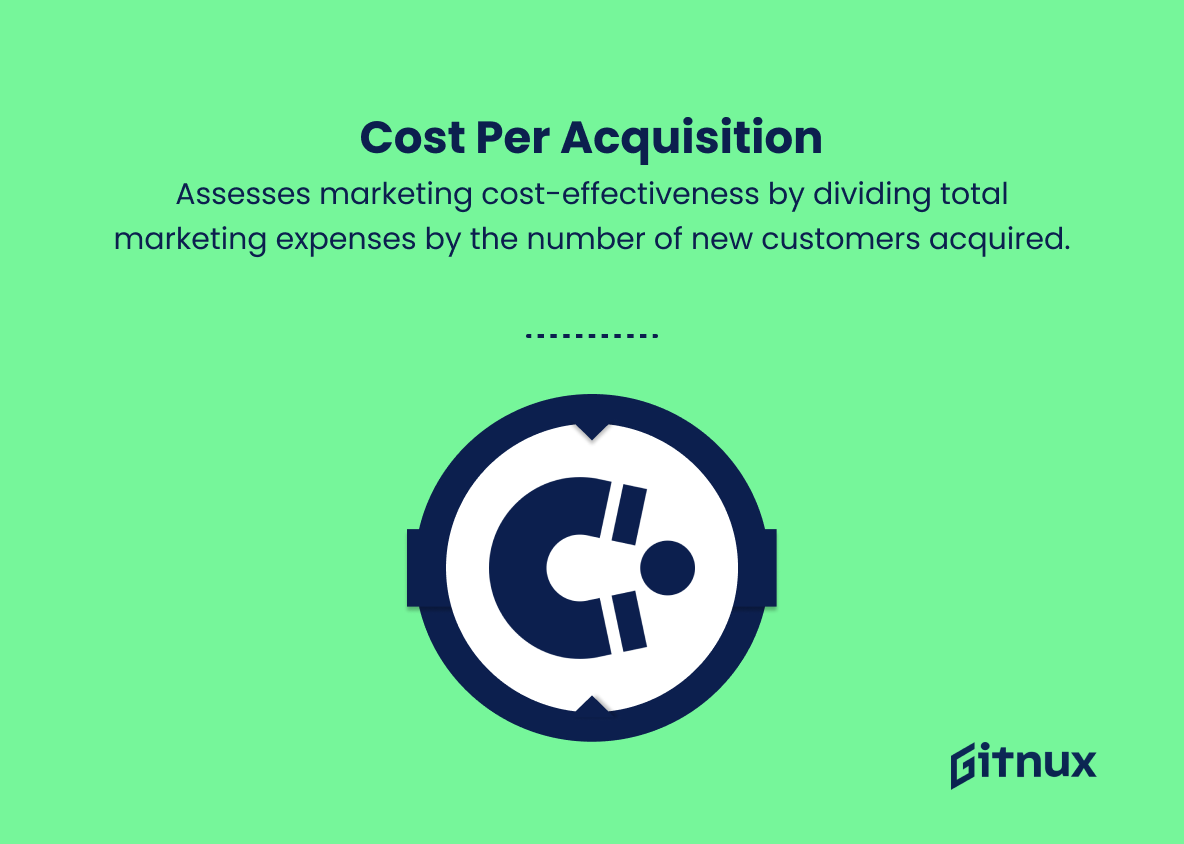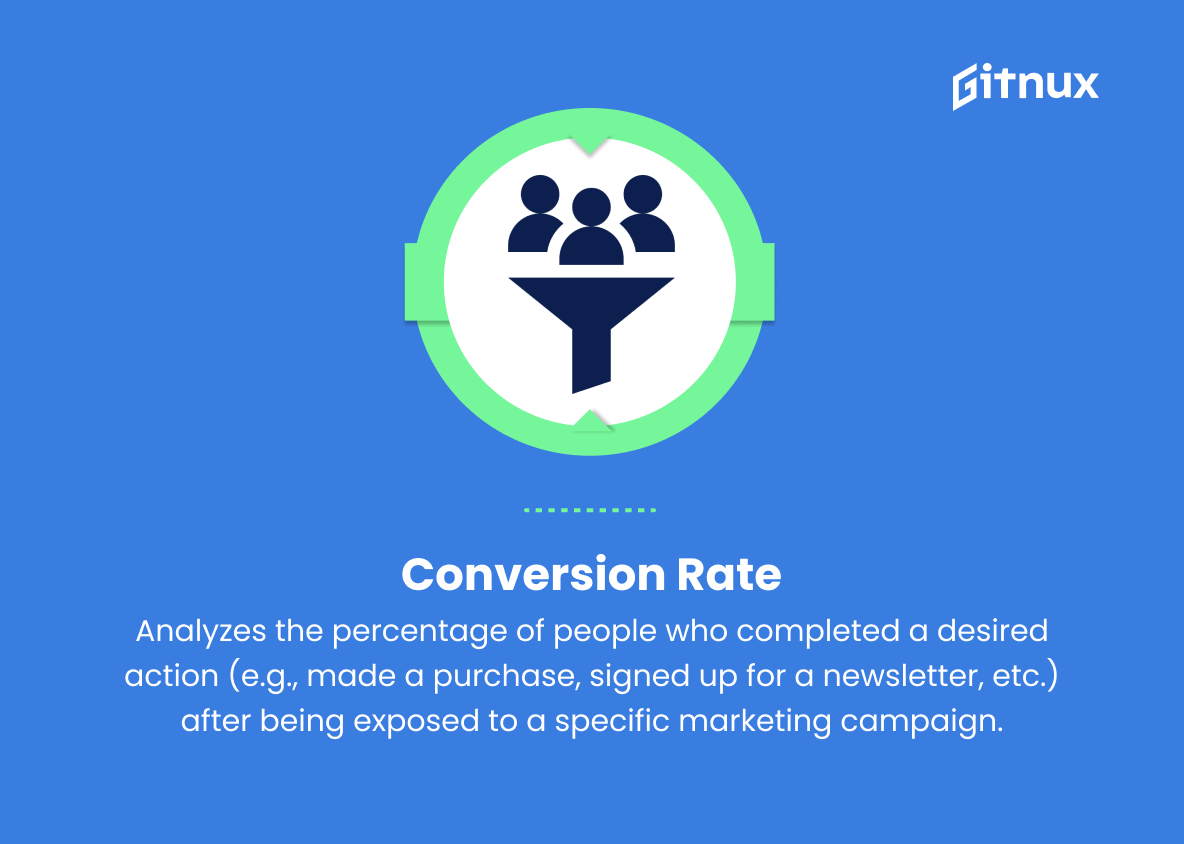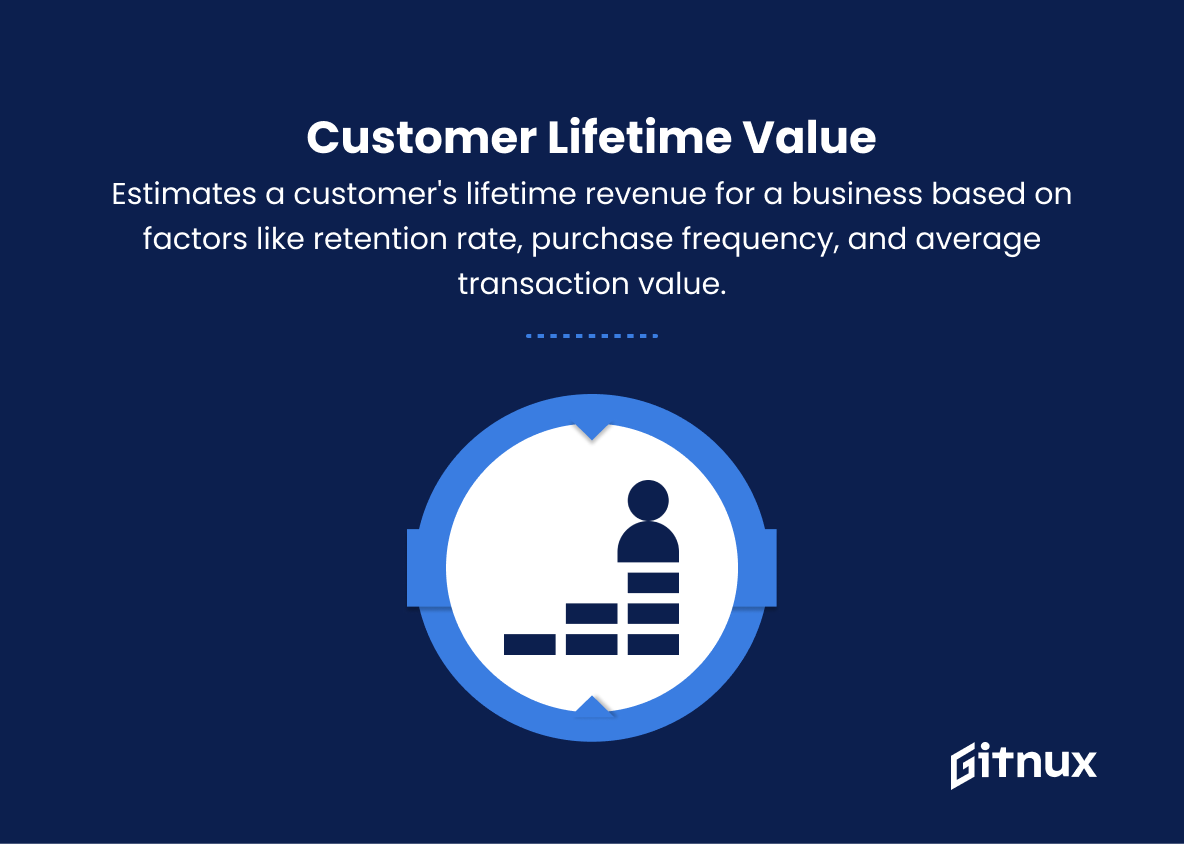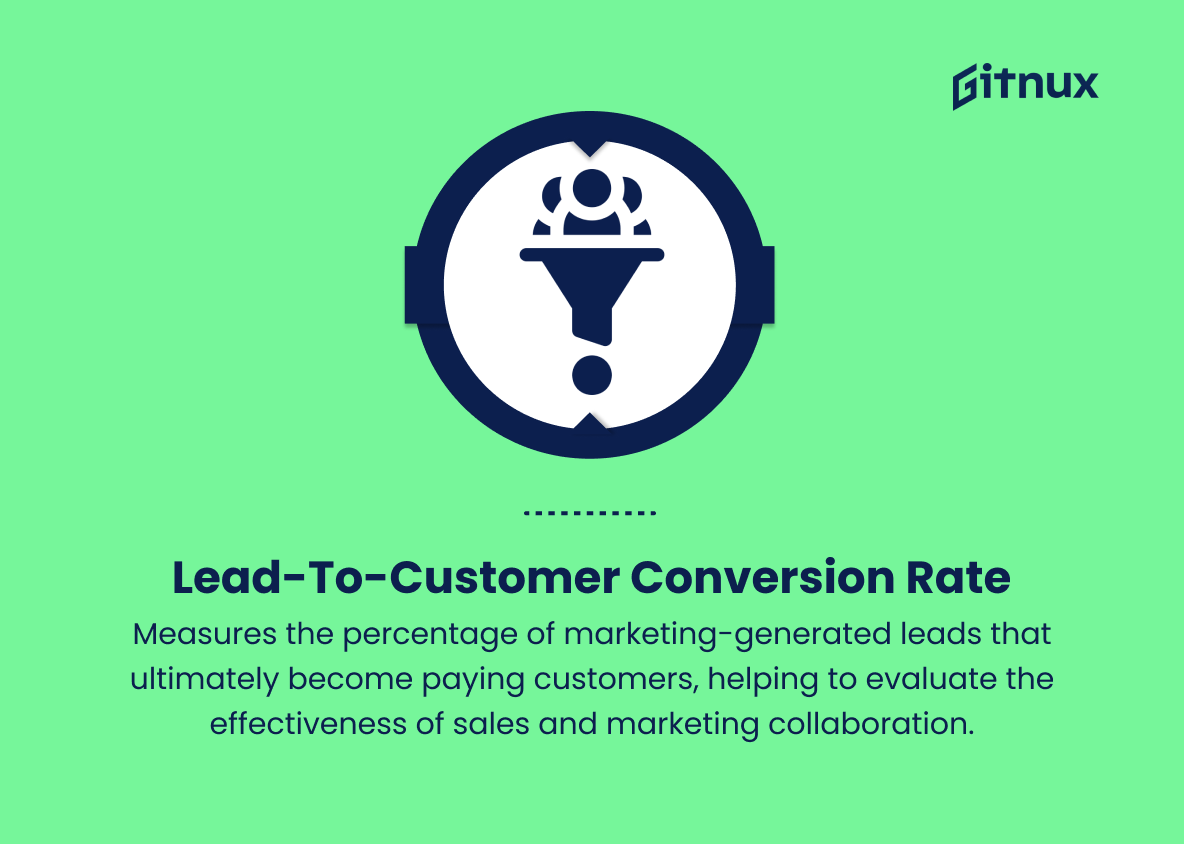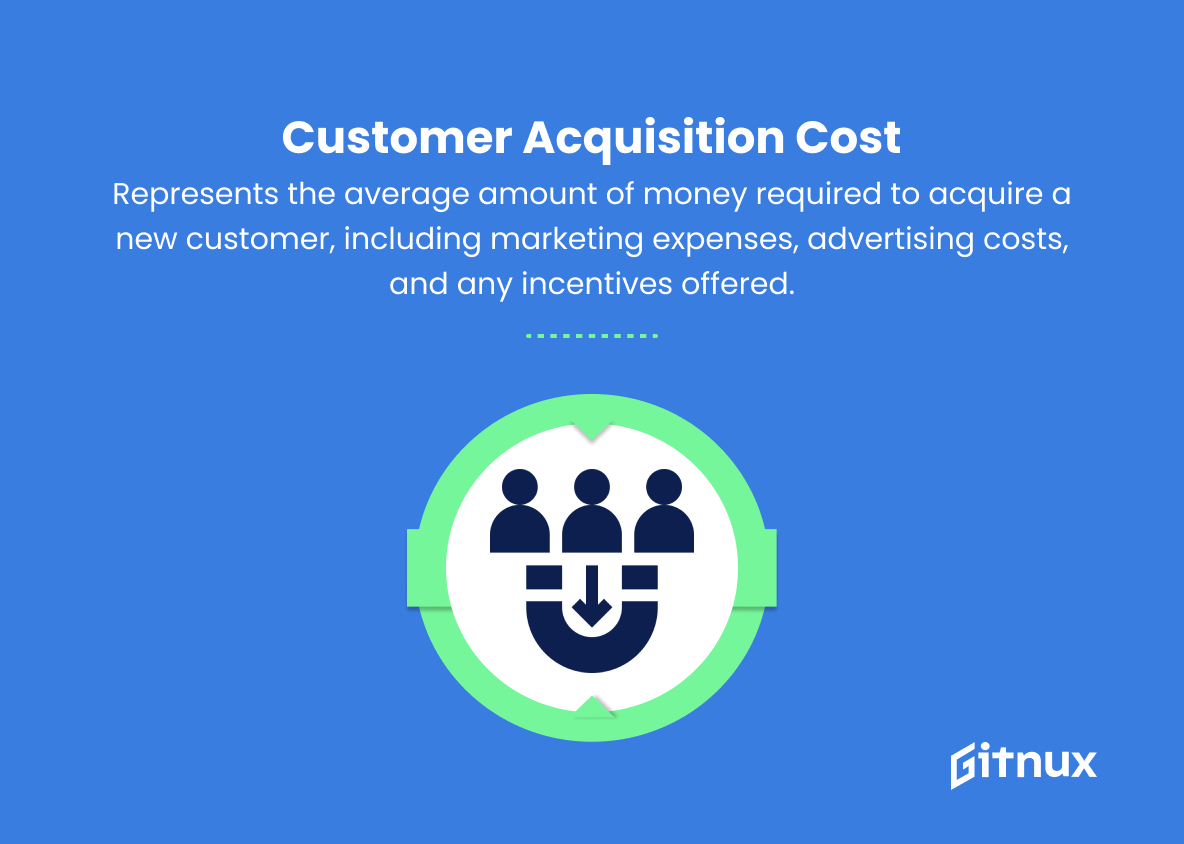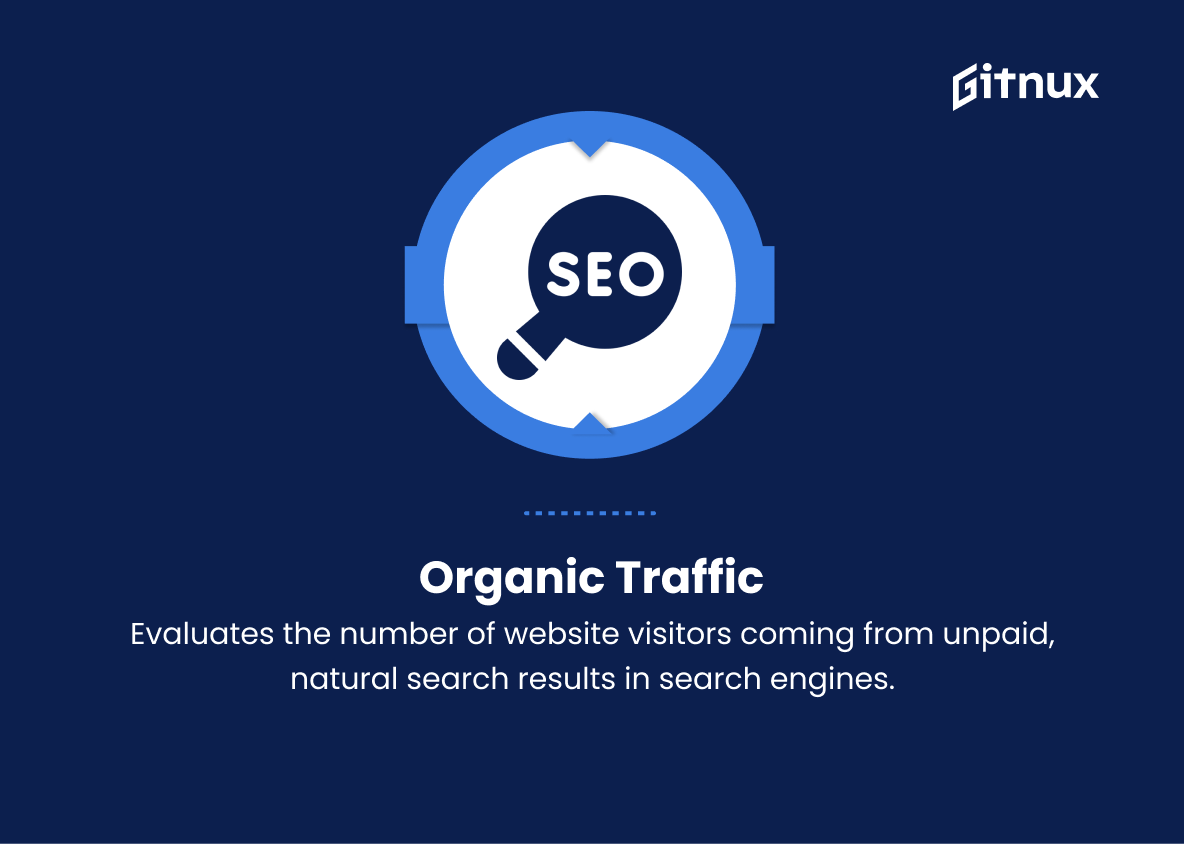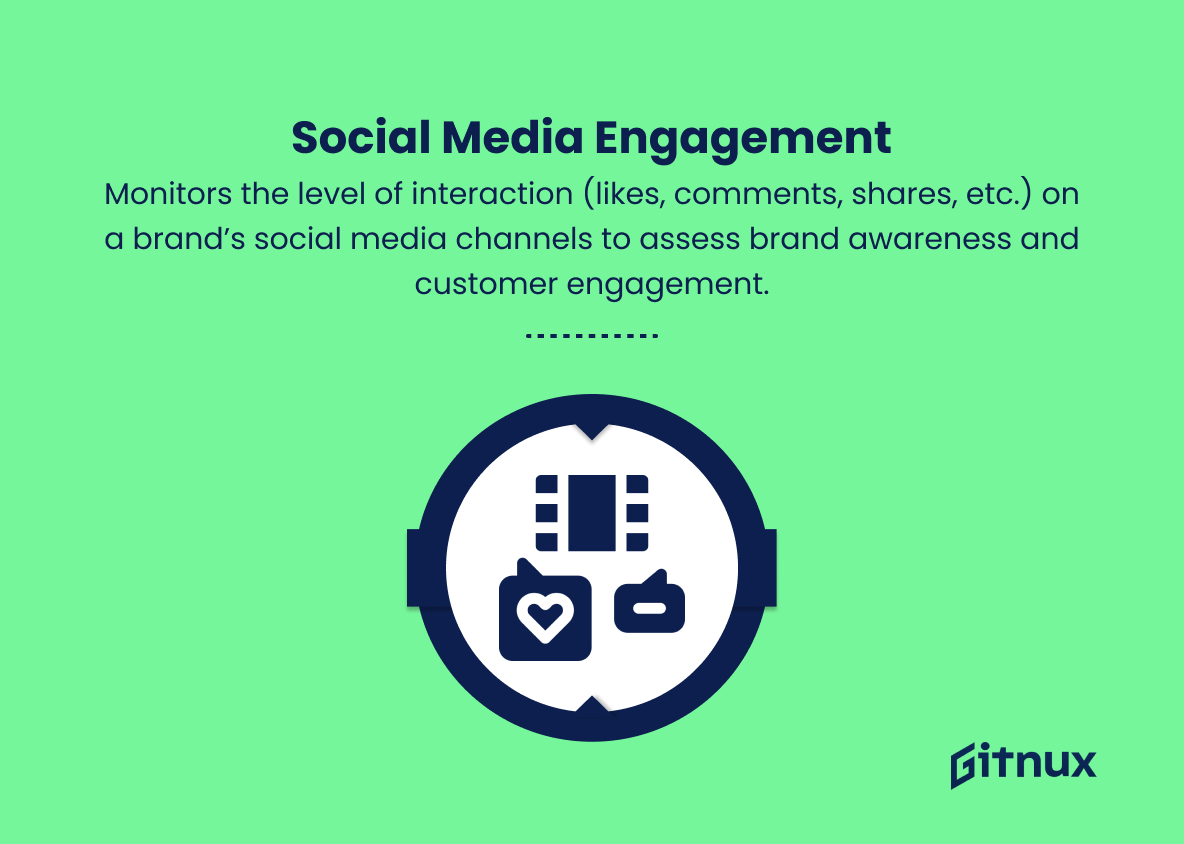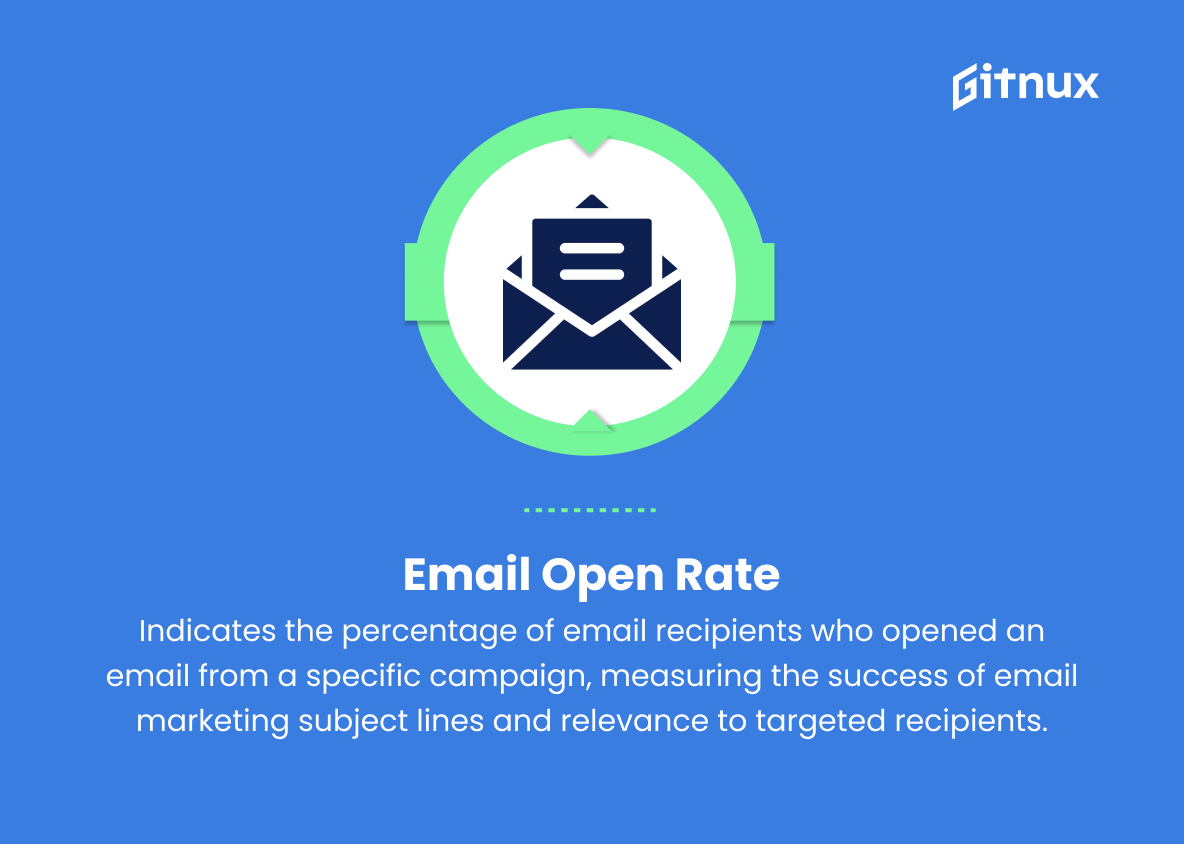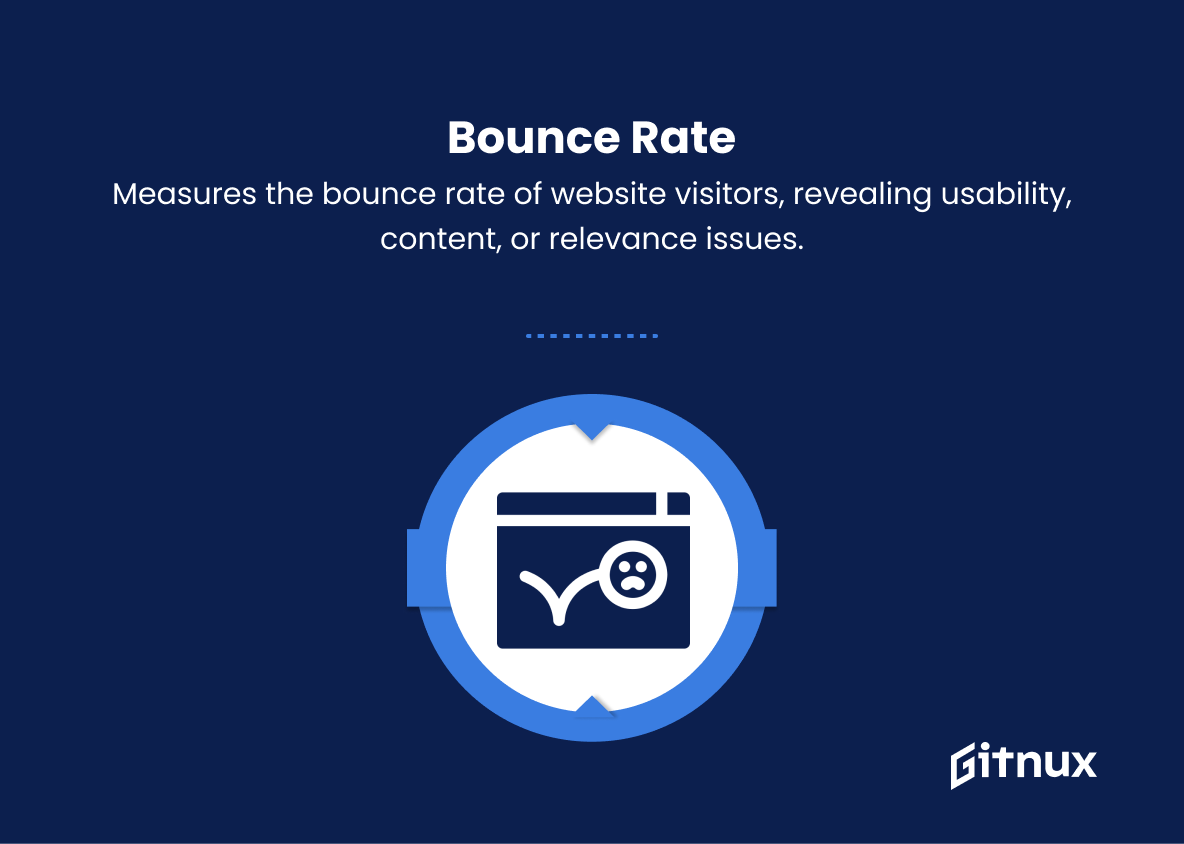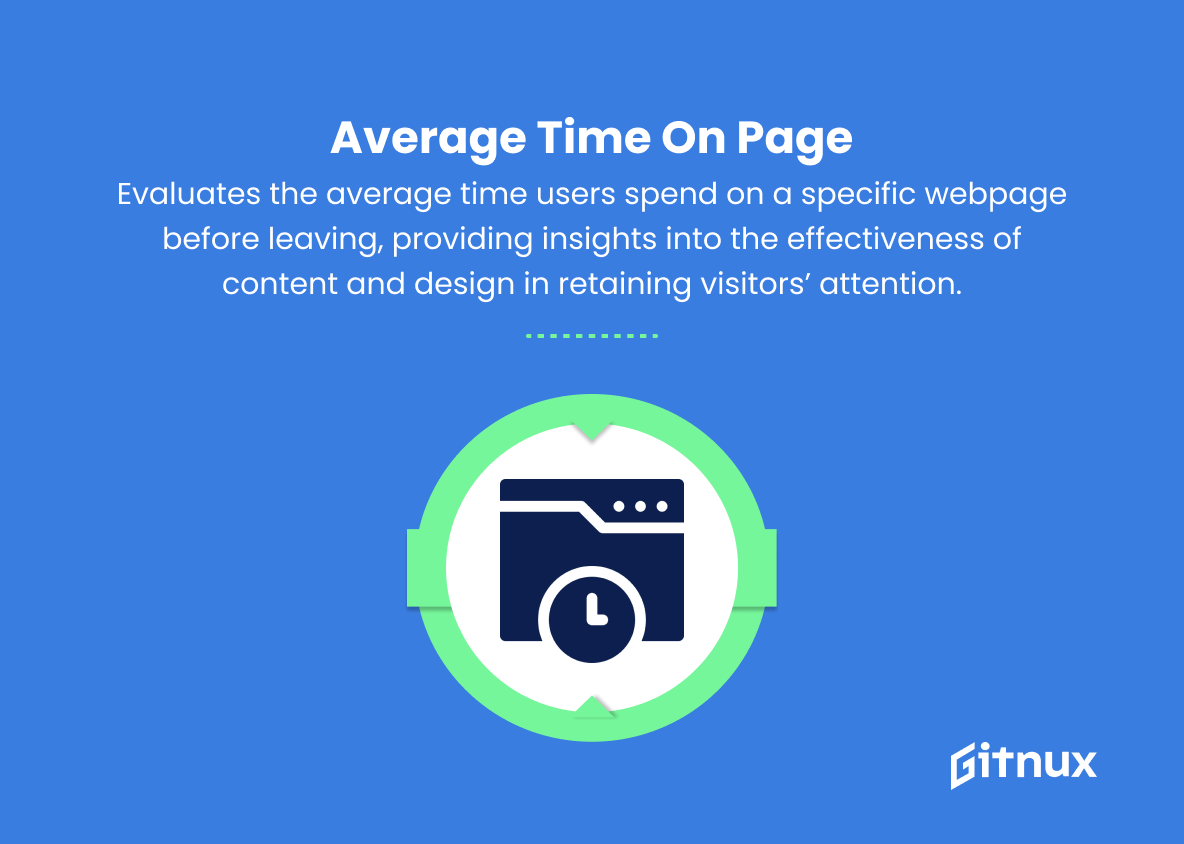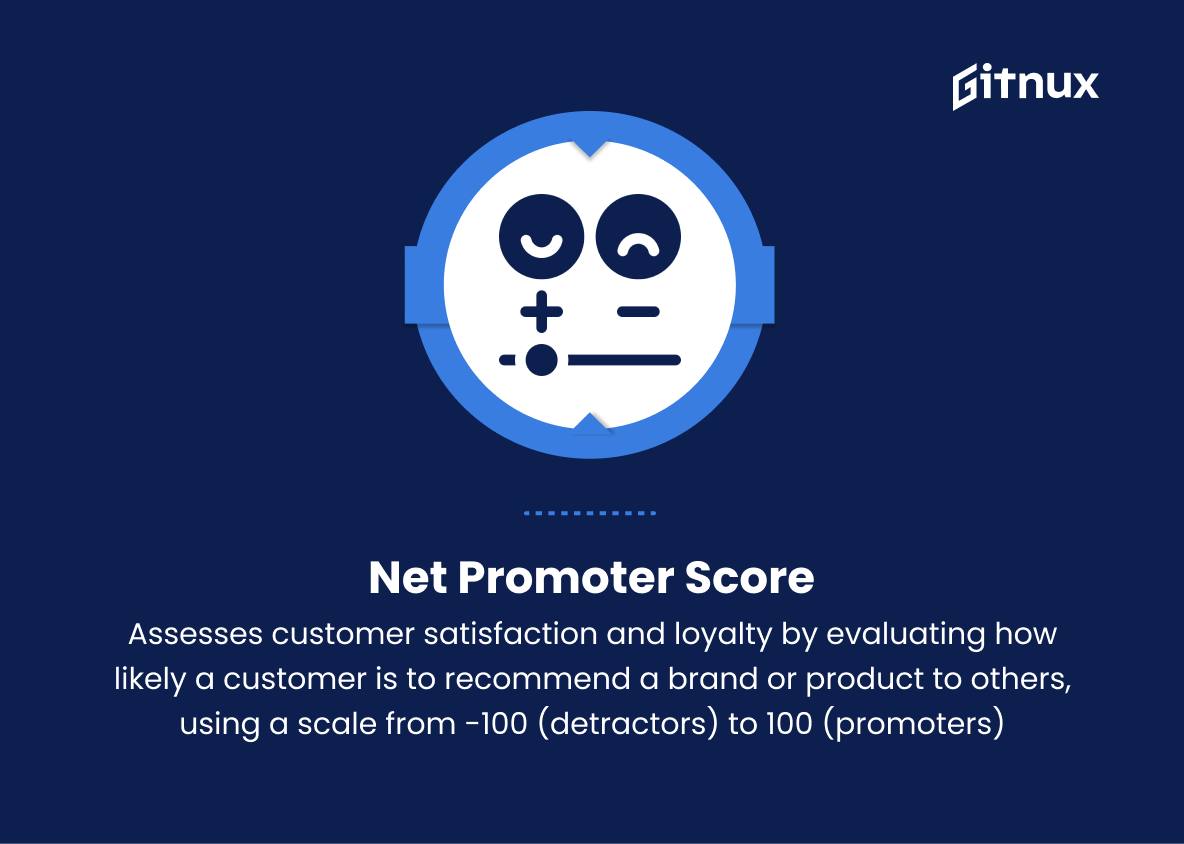In the fast-paced world of digital marketing, keeping track of your brand’s performance is critical to ensuring the long-term success of your campaigns. A primary way to do this is through the use of key performance indicators (KPIs), which provide measurable, actionable insights that help you monitor ongoing progress and adjust your strategy accordingly. In the content marketing space, KPIs specific to content marketing operations (CMOs) provide a deeper understanding of the effectiveness of your content strategy.
In this blog post, we will explore the importance of CMO KPIs, discuss the metrics most relevant to your business, and outline best practices for optimizing your content marketing performance. So buckle up and get ready for an informative journey into the world of CMO KPIs – because when it comes to content marketing, knowledge is power.
CMO KPIs You Should Know
1. Marketing ROI (Return on Investment)
Measures the efficiency and profitability of marketing campaigns by calculating the revenue generated relative to the cost spent on marketing initiatives.
2. Cost per Acquisition (CPA)
Evaluates the cost-effectiveness of acquiring a new customer through marketing efforts, calculated as the total cost of marketing divided by the total number of new customers acquired.
3. Conversion Rate
Analyzes the percentage of people who completed a desired action (e.g., made a purchase, signed up for a newsletter, etc.) after being exposed to a specific marketing campaign.
In the fast-paced world of digital marketing, keeping track of your brand’s performance is crucial to ensuring long-term success for your campaigns.4. Customer Lifetime Value (CLV)
Estimates the total revenue a business can expect from a single customer over their lifetime in relation to the company, considering factors such as retention rate, purchase frequency, and average transaction value.
5. Lead-to-Customer Conversion Rate
Measures the percentage of marketing-generated leads that ultimately become paying customers, helping to evaluate the effectiveness of sales and marketing collaboration.
6. Customer Acquisition Cost (CAC)
Represents the average amount of money required to acquire a new customer, including marketing expenses, advertising costs, and any incentives offered.
7. Organic Traffic
Evaluates the number of website visitors coming from unpaid, natural search results in search engines.
Key Performance Indicators (KPIs) are essential in assessing the effectiveness of a CMO’s marketing strategy by quantifying the impact of specific initiatives.8. Social Media Engagement
Monitors the level of interaction (likes, comments, shares, etc.) on a brand’s social media channels to assess brand awareness and customer engagement.
9. Email Open Rate
Indicates the percentage of email recipients who opened an email from a specific campaign, measuring the success of email marketing subject lines and relevance to targeted recipients.
10. Bounce Rate
Tracks the percentage of website visitors who navigate away from a site after viewing just one page, providing insights into potential issues with website usability, quality of content, or relevance to visitors.
11. Click-through Rate (CTR)
Measures the percentage of users who clicked on a link or specific call-to-action within an email or digital advertisement, demonstrating the effectiveness of ad creatives and messaging.
12. Average Time on Page
Evaluates the average time users spend on a specific webpage before leaving, providing insights into the effectiveness of content and design in retaining visitors’ attention.
13. Net Promoter Score (NPS)
Assesses customer satisfaction and loyalty by evaluating how likely a customer is to recommend a brand or product to others, using a scale from -100 (detractors) to 100 (promoters).
CMO KPIs Explained
Key Performance Indicators (KPIs) are essential for assessing the effectiveness of a CMO’s marketing strategy by quantifying the impact of specific initiatives. Metrics such as Marketing ROI, CPA, and CAC provide valuable insight into the overall cost-effectiveness of campaigns and customer acquisition, while Conversion Rate, Lead-to-Customer Conversion Rate, and Organic Traffic help evaluate the success of different marketing tactics in generating customers and driving website visits.
Assessing customer value with KPIs such as CLV and NPS allows companies to allocate resources to increase customer satisfaction and, in turn, brand loyalty. In addition, monitoring social media engagement and email open rates provides insight into customer preferences and content relevance, which can lead to improved targeting and messaging strategies.
Finally, by understanding bounce rate, CTR and average time on page, organizations can identify potential barriers to engagement and optimize web pages and ad designs to better engage visitors and drive desired actions. Taken together, these KPIs paint a comprehensive picture of a marketing campaign’s performance, helping CMOs make data-driven decisions to refine and improve their marketing strategies.
Conclusion
In summary, understanding and tracking the right CMO KPIs is critical to the success of any marketing campaign. By focusing on key metrics such as revenue growth, customer acquisition, retention, engagement, and ROI, you can effectively measure your marketing efforts and make informed decisions that drive strong results.
And by continually analyzing these key metrics, you can identify opportunities for improvement, stay accountable to your marketing goals, and ultimately elevate your brand as an industry leader. Stay committed to uncovering insights through these data-driven measurement tools and watch your marketing strategies propel your brand forward in this highly competitive landscape.
